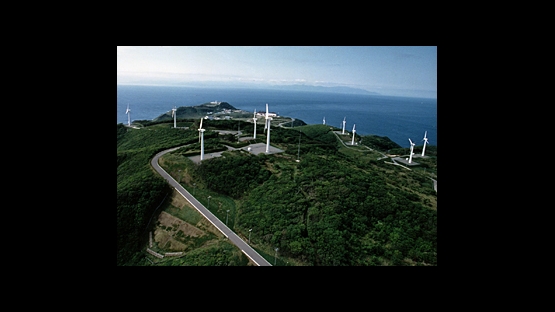The IAEA helps countries make some of the toughest decisions that governments face today: how to provide the energy to fuel an economy, while ensuring environmental and economic sustainability. With expertise in long-term energy planning, the IAEA provides countries the tools, advice and training needed for national policy makers to take the complex and crucial decisions about the best energy mix to achieve their countries´ development goals for the current generation and into the future.
The time frame is long: energy infrastructure such as power plants, buildings or transportation systems can be in service for more than 60 years and longer. And the decisions are weighty and far-reaching: energy is a driver not only for the production of goods and services across an economy but is also essential for the provision of basic civil services, such as health care and sanitation. Affordable energy is essential if the United Nations is to achieve its Millennium Development anti-poverty Goals.
"The strategic concept behind energy planning is that a sustainable future is only achievable if it can be imagined. Because the future is unknown, we use scenarios or images of different but possible futures. Modelling can help chart out such visions, test their robustness under different scenarios and devise a perfect mix of factors that will help create that future," said IAEA expert Ahmed Irej Jalal.
To help, the IAEA maintains a fleet of computer programmes to analyse different steps in the process. The specialized programmes help governments juggle huge amounts of data on energy demands, weigh options on the most efficient, environmentally friendly and cost-effective energy supply mix, while ensuring that the project is financially feasible, finally enabling the drafting of a detailed plan to secure funding.
Process
In a typical case, a country first needs to determine its energy demand. The IAEA would prepare its experts to use the IAEA-supported Model for Analysis of Energy Demand (MEAD). This software helps evaluate future energy demand based on a series of assumptions including factors such as the production and consumption of goods and services and lifestyle changes caused by increasing personal incomes.
Next, they would turn to another of two IAEA-maintained tools - the Wien Automatic System Planning Package (WASP) or the Model for Energy Supply Strategy Alternatives and their General Environmental Impacts (MESSAGE) - to optimize the best blend of energy sources, depending on such factors as available natural resources, reliable imports, the environment and cost. Both MESSAGE, developed by the Austria-based International Institute for Applied Systems Analysis, and WASP are "technology neutral", meaning that any specific power source, such as nuclear, will not necessarily appear in a country´s final energy mix.
Finally, they would employ another IAEA-supported tool, the Model for Financial Analysis of Electric Sector Expansion Plans, or FINPLAN, to plan financing, and take into account costs, revenues and taxes. Here, detailed information is provided that enables a potential lender to evaluate the plan.
For Burkina Faso One Best Energy Mix, for Kuwait Another
Burkina Faso was one of the many countries that recently made use of these tools. Aiming for a general boost in socio-economic development, Burkina Faso decided it needed to improve access to electricity for its citizens. Because the country lacks natural energy resources, it needed an inexpensive, secure supply. The outcome of the analyses was clear advice on the types of new power stations in which to invest, said IAEA expert Mark Howells.
The equation was different for Kuwait, he said. Though rich in oil, Kuwait was looking for more fresh water and the best energy mix. The analysis discovered that the most cost effective solution would be to build a nuclear power plant and finance the heavy construction costs through revenues from oil exports. Once built, nuclear plants are relatively inexpensive to run.
A New Tool to be Officially Launched in 2011
These IAEA-maintained energy planning tools are immensely popular, supporting energy planning in more than 115 Member States. Still, there has been one key stumbling block for many: determining, gathering and tailoring the data needed for the analyses, Mr. Howells said.
To address this issue, the IAEA, together with United Nations Statistics Division, put together the Energy Balance Studio, a programme that helps specify and define inputs, as well as convert data measures. The programme is now available and the first major training course will be held in Africa in the first half of 2011.
"Energy demand is accelerating and the proportion of the global population that is under-served, or entirely un-served, is expanding dramatically as well: energy planning is needed now more than ever," Mr. Jalal said.


